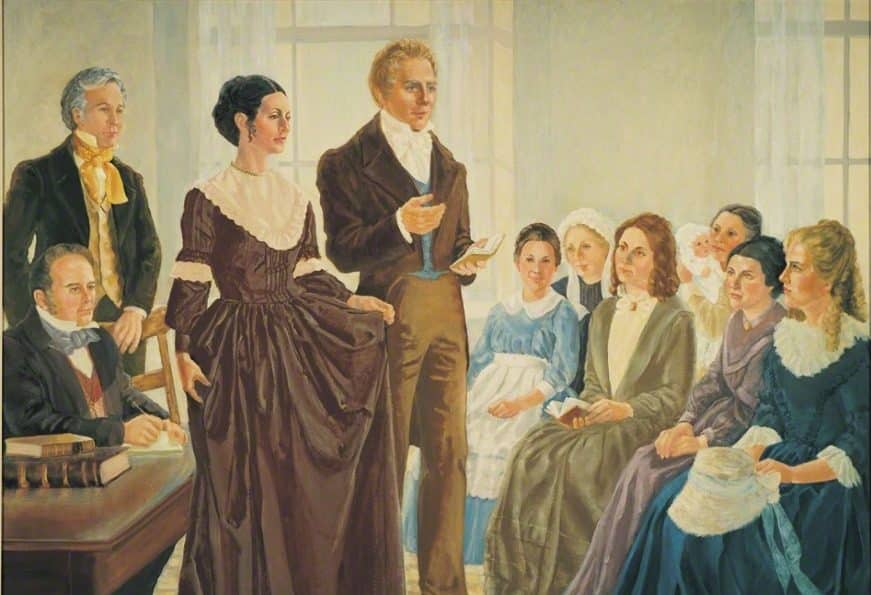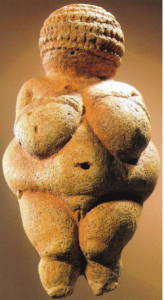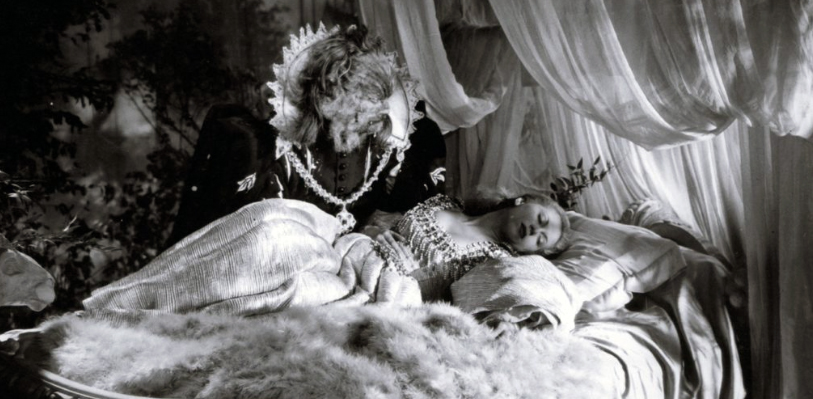extermination, 5
Chapter 14
No sex please, we’re human
The sexual revolution
Neanderthal sexual predation not only reduced the Skhul-Qafzeh population, but also contributed to the hybridisation of the Levant population so, unless humans could find a way of preventing—or at least minimising—the worst excesses of Neanderthal sexual predation, their future as a separate species looked bleak. This generated selection pressure for adaptations to counter, or at least reduce, the impact of Neanderthal sexual predation.
Ostensibly, the goal of Skhul-Qafzeh males was to out-compete Neanderthal males and retain access to fertile females. But, from a Darwinian perspective, the stakes were much higher. Sexual compatibility exposed humans to overwhelming aggressive competition from Neanderthals, a competition so powerful and destabilising it rendered the existing Skhul-Qafzeh sex system obsolete and maladaptive. If the Levantine humans could not reclaim sexual exclusivity, their viability as a species was in jeopardy.
Given the enormous selection pressure this situation generated, we can use Darwin’s model to predict what happened next. In the struggle for survival, random mutations that increased the Levantine humans’ chances of sexually out-competing Neanderthals were selected and fixed.
What I propose is that the process of natural selection gradually came up with an entirely new human sexuality.
This hypothesis claims that sexual adaptations against Neanderthal predation that accrued via natural selection formed the basis of a uniquely human mating system. The new system was unique in the animal kingdom and achieved the almost impossible—it excluded Neanderthals and brought Neanderthal sexual predation to a complete halt. By abandoning most of the primate-Neanderthal sexual protocols—the pheromonal scents, swollen genitalia, colouration, vaginal sniffing and violent status contests—the new human mating system became ‘Neanderthal proof’.
To be adaptive and effective, the new sexual protocols had to achieve fixation (or close to it) in the Skhul-Qafzeh population. Normally, this would take thousands of generations. But, because the Levantine human population was so small (ironically due to the Neanderthals themselves), the new system spread rapidly to fixation via genetic drift.
The break from sexual tradition and the emergence of a new human mating system did something else equally important. It indelibly stamped the Skhul-Qafzeh humans as a sexually isolated new breeding population. As human sexuality developed along new isolationist lines, the demarcation between the species increased.
From then on, there would be no more sexual compatibility, no more interspecies sex, and no more hybrids.
In this radical new theory of human sexuality, the devil is in the detail. Analysis of the new mating system reveals how each of its constituent components served an adaptive function vis-à-vis reducing Neanderthal sexual predation. Let’s begin with patriarchy.
The battle of the sexes
Winning, and then defending fertile females from other males is a core element of primate reproductive strategy. So keeping human females from falling into the arms of Neanderthal males would become the responsibility of every male Levantine adolescent and adult. Any systemic failure of this imperative could contribute to the extinction of the Levantine population. It is to be expected then that, during the attenuated 50,000-year period of Neanderthal predation, the Levantine males’ fear of losing their mates to Neanderthals became innately associated with hyper-vigilance, anxiety, suspicion, guilt, control, resentment, depression, paranoia, grief and loss of self-esteem.
Levantine males would have been terrified of Neanderthals, and this would have discouraged direct retributive aggression against them. It would have been far easier (and safer) to sublimate those hostile feelings and redirect them towards their females. By virtue of their greater strength and aggression, men would unilaterally have asserted physical control over their females and their sexuality.
While primate males regularly use dominance to control access to fertile females, the Levantine humans took this to a whole new level. For the first time in human evolutionary history, males imposed mandatory (sexist) restrictions on female behaviour that included an insistence on monogamy, obedience, fidelity and sexual modesty, plus a ban on public flirtation and copulation, overt sexual displays and especially any form of fraternisation with Neanderthals—or any strangers.
The hypothesis also asserts that groups of dominant young males would have enforced these draconian protocols with threats, banishment, physical coercion and lethal violence. In this way, early human Levantine society was abruptly reconfigured from a promiscuous sexual society to a male-dominated, sexually restricted hierarchical society.
Is this when a proprietary sense of ‘ownership’ was first insinuated in gender relations? I believe so. After millions of years of casual female promiscuity, men began to claim females they had sex with as their own.
Females were no longer free to copulate with multiple partners or to migrate to outside groups. Promiscuity was out. Women lost control of their bodies and their sexuality. The sexes were no longer equal. Sexism had arrived.
 Another name for the control of females and their sexuality by males is patriarchy. Although many primate species (including chimps) display some patriarchal elements, others (like bonobos) display very few. But no other primate species imposes such draconian restrictions on its females as humans. And in no other primate species do males kill females to maintain sexual control, although male primates have been known to kill their infants if they have been sired by another male.
Another name for the control of females and their sexuality by males is patriarchy. Although many primate species (including chimps) display some patriarchal elements, others (like bonobos) display very few. But no other primate species imposes such draconian restrictions on its females as humans. And in no other primate species do males kill females to maintain sexual control, although male primates have been known to kill their infants if they have been sired by another male.
Because patriarchy is such a ubiquitous feature of human society (no genuine matriarchic society has ever been documented) [emphasis added], we tend to take it for granted and assume it is simply another facet of human nature. Or assume, as some do, that it is a cultural artefact that sprang from preclassical western civilisations. But NP theory makes the case that patriarchy emerged in its present form and became entrenched in the male psyche only because Neanderthals drove a wedge into human sexual relations. Patriarchy makes sense in evolutionary terms only as part of a suite of male mate-guarding adaptations that emerged to provide some relief against Neanderthal sexual predation.
One indication of the important adaptive function patriarchy provided during the Late Pleistocene is that today it remains the prevailing social structure of virtually every human society. Modern women are still subject to far greater sexual control than men. Social anthropologists say this mechanism of control is expressed through marital customs, rape laws, sexual harassment, wife beating, abortion laws, femicide, birth control restrictions, eating disorders, sexual jealousy, and cosmetic surgery. Enforced monogamy is as ubiquitous as female modesty. Adultery by women in many human societies is still punished by severe penalties, while adultery by men is often condoned or ignored.
The green-eyed monster
Perhaps nowhere is patriarchy more keenly expressed than through male sexual jealousy. But let’s make a distinction. We are not talking about the kind of jealousy a young male chimp displays when his amorous advances towards a female are gazumped by an alpha male. Among primates, that kind of sexual jealousy serves an adaptive function. It’s part of mate-guarding protocols that ensure certainty in paternity and prevents expending time and effort on another male’s offspring.
By comparison, if human sexual jealousy was forged, as I contend, in the furnace of Neanderthal sexual predation this would explain why humans acquired a far more virulent and potentially lethal variant. Human sexual jealousy has been fuelled and maintained by hatred built up over thousands of years and encompasses, not just anger and frustration, but murderous rage, hyper-vigilance, severe beatings, mental cruelty, femicide and even suicide—behaviours virtually unknown in other primate species.
For example, no other primate demonstrates morbid jealousy, psychotic jealousy, conjugal paranoia or the so-called Othello Syndrome—a lethal form of sexual jealousy, characterised by irrational thoughts and emotions, violence and an unfounded belief in a partner’s sexual infidelity.
Morbidly jealous individuals are much more prone to domestic violence, including homicide and suicide. Because lethal jealousy is unknown in the primate order, and appears so maladaptive, it is likely that the Othello Syndrome evolved in humans as an adaptation against Neanderthal sexual predation.
Honey, I killed the kids
Despite the Levantine males’ best efforts to protect their females from Neanderthals, some women inevitably fell pregnant to Eurasian Neanderthals and, because they were sister species, these conceptions occasionally produced fertile offspring. What happened to those hybrid offspring is one of the most important aspects of the Neanderthal predation paradigm.
If Levantine males saw these children as mutants—abominations—then it’s likely that they were summarily killed. A similar fate may also have been dealt out to the mothers, notwithstanding that they had little choice in getting pregnant. In other words, throughout the Late Pleistocene, infanticide and femicide may have been widely implemented as crude adaptive strategies to thwart the Neanderthalisation of the Levantine population.
____________
N.B. You can read the first 35 pages of Vendramini’s book here.








